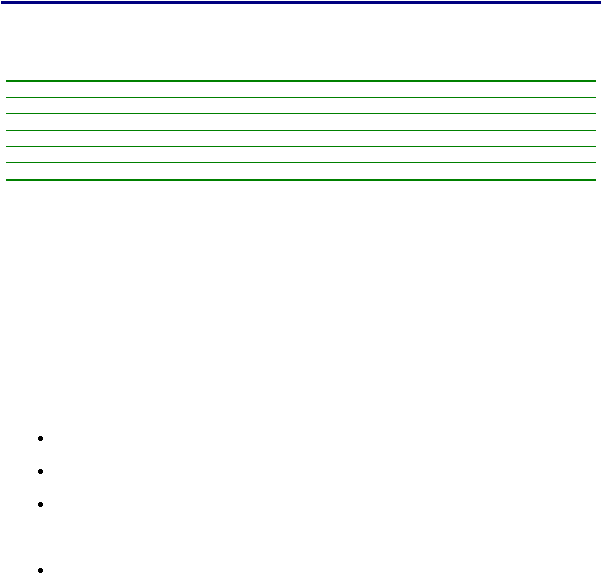
ZBasic System Library
298
ZBasic Microcontrollers
Type
Subroutine
Invocation
SPICmd(channel, writeCnt, writeData, readCnt, readData)
Parameter
Method
Type
Description
channel
ByVal
Byte
The SPI channel number (1-4).
writeCnt
ByVal
integral
The number of bytes to write (0 – 65535).
writeData
ByRef
any type
The variable containing the data to write to the device.
readCnt
ByVal
integral
The number of bytes to read (0 – 65535).
readData
ByRef
any type
The variable in which to place the data read from the device.
Discussion
This routine allows you to send and/or receive data from a device using the SPI protocol. The specified
channel must have been previously opened with a call to OpenSPI(). If the channel has not been
opened, the results are undefined. If a hardware SPI controller is being used, the target device must be
connected to the controller’s SPI bus (on a 24-pin ZX device, the holes on the end of the device between
pins 1 and 24). Otherwise, the pins most recently set by DefineSPI are used for the SPI clock and data.
If both writeCnt and readCnt are zero the routine returns immediately without doing anything. You
may specify the value 0 for either writeData or readData if no data is being provided. If the value of
readCnt exceeds the size of the readData variable, the additional bytes will be written to subsequent
memory locations, possibly with undesirable results.
The execution of the SPI command occurs in four phases:
The chip select is asserted by setting the previously specified pin to the active level. The active
level (typically logic zero) is specified by bit 6 in the flags parameter passed to OpenSPI().
If the writeCnt parameter is non-zero, the data bytes at writeData are written sequentially to
the SPI interface. The data returned by the SPI device during this phase is discarded.
If the readCnt parameter is non-zero, the existing data beginning at readData are written to the
SPI device and the returned bytes are stored sequentially in the specified variable. That is, the
byte at readData(1) is sent to the device and the byte that the device sends back is stored at
readData(1). The same occurs for readData(2), etc.
Finally, the chip select is deasserted by setting the previously specified pin to the inactive level.
Whether you use writeData or readData or both depends on the particulars of the device you’re
using. In some cases, you’ll need to populate readData and in other cases not. Careful study of the
datasheet of the target device will be required to determine how SPICmd() can be used to communicate
with it.
For an SPI channel that is opened with an non-zero rxDelay parameter specified (see OpenSPI()), a
delay is implemented prior to each SPI cycle for which the data read is placed in the readData buffer,
i.e., the third phase described above. The delay value specified is interpreted as the number of cycles of
the SPI clock frequency (but ignoring the Double Speed configuration bit). Of course, during the delay
time the SPI clock signal (SCK) will be idle. This delay is useful when communicating with slave devices
that must compute data values to return, for example, a ZX-24n operating in SPI slave mode.
Example
Dim odata(1 to 2) as Byte, idata(1 to 10) as Byte
Call OpenSPI(1, 0, 12)
odata(1) = &H06
odata(2) = &H00
Call SPICmd(1, 2, odata, 10, idata)